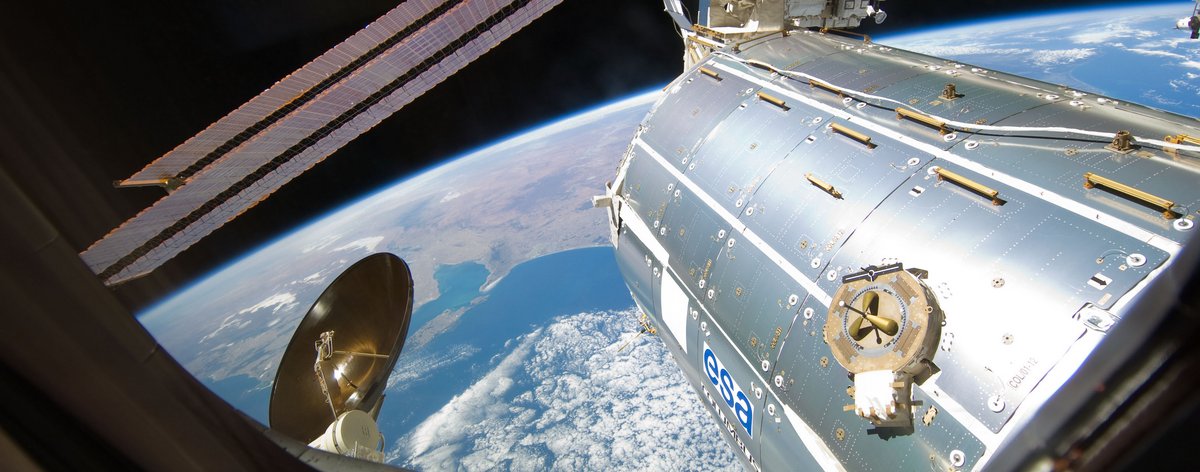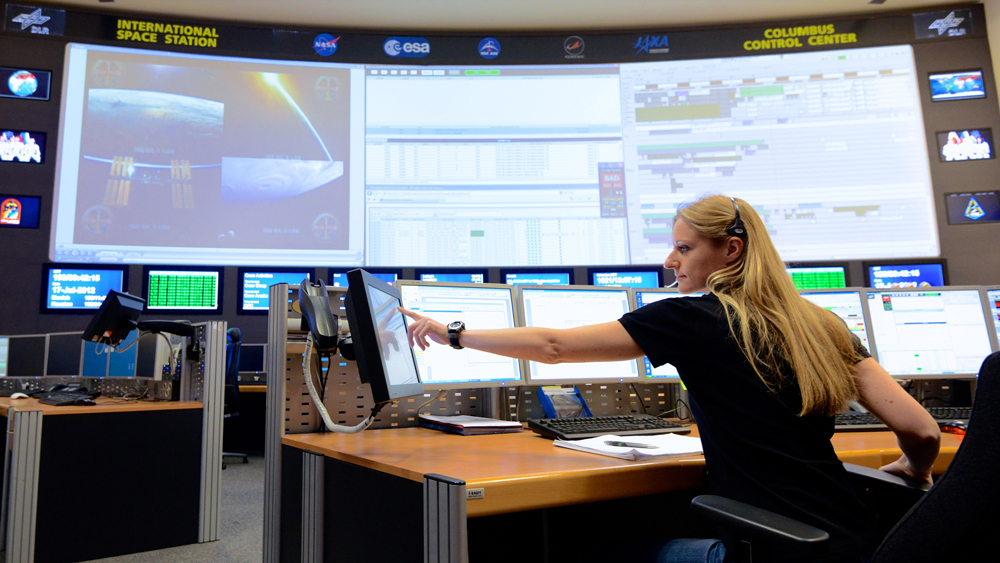
Safety at Europe's Research Center
BTU Researchers analyze Sensor Data in Real-Time
It saves Sandra Bullock’s life in the film "Gravity": the International Space Station, ISS. It has already made about 98,000 orbits around the Earth with a speed of 27,600 kilometers per hour at 400 kilometers high. Docked onto the space station, the multi-disciplinary research lab, Columbus, with a volume of 75 cubic meters and a weight of von 19.3 tons is the main contribution from the European Space Agency (ESA) to the station. Up to three astronauts execute scientific experiments on a total of 16 store racks the size of telephone booths. Control and monitoring systems ensure their survival, which control the ventilation on board, for example.
Without ventilators the sleeping astronauts could suffocate in a bubble of exhaled carbon dioxide, since warm air does not rise in space. But also a fire would not be recognized fast enough, since the smoke would not disperse throughout the room without a fan and would not be recognized by the sensors. In order to ensure that the ventilation functions flawlessly at all times, scientists surrounding Prof. Dr. Engineering Ingo Schmitt are working on the partially automatic evaluation of the data from sensors in real-time in the lab.
The background is that since several years the amount of the sensor data has continuously increased. The engineers on the ground need mechanical support in order to analyze this vital information. The new technology from the scientists at the BTU in the field of databases and information systems could help with this: Together with the Airbus DS GmbH they are developing tools for the partially automated analysis of the sensor data. Using the example of fans on the Columbus module, the researchers could already show that the quality of the partially automated analysis agree with the experts’ results to a large extent.
The goal is that the experts in the control center on the Earth must no longer have to check and evaluate every individual sensor value. Instead, an algorithm specifically adjusted to the requirements of the situation tests whether a possible dangerous situation is at hand. Not until this case arises must an engineer on the ground look at the individual data and judge their effect. Already very soon, the BTU could considerably reduce the work for the experts in Oberpfaffenhofen with the new technology. They save time with it, which they can use to support the astronauts on the space station, for example.

